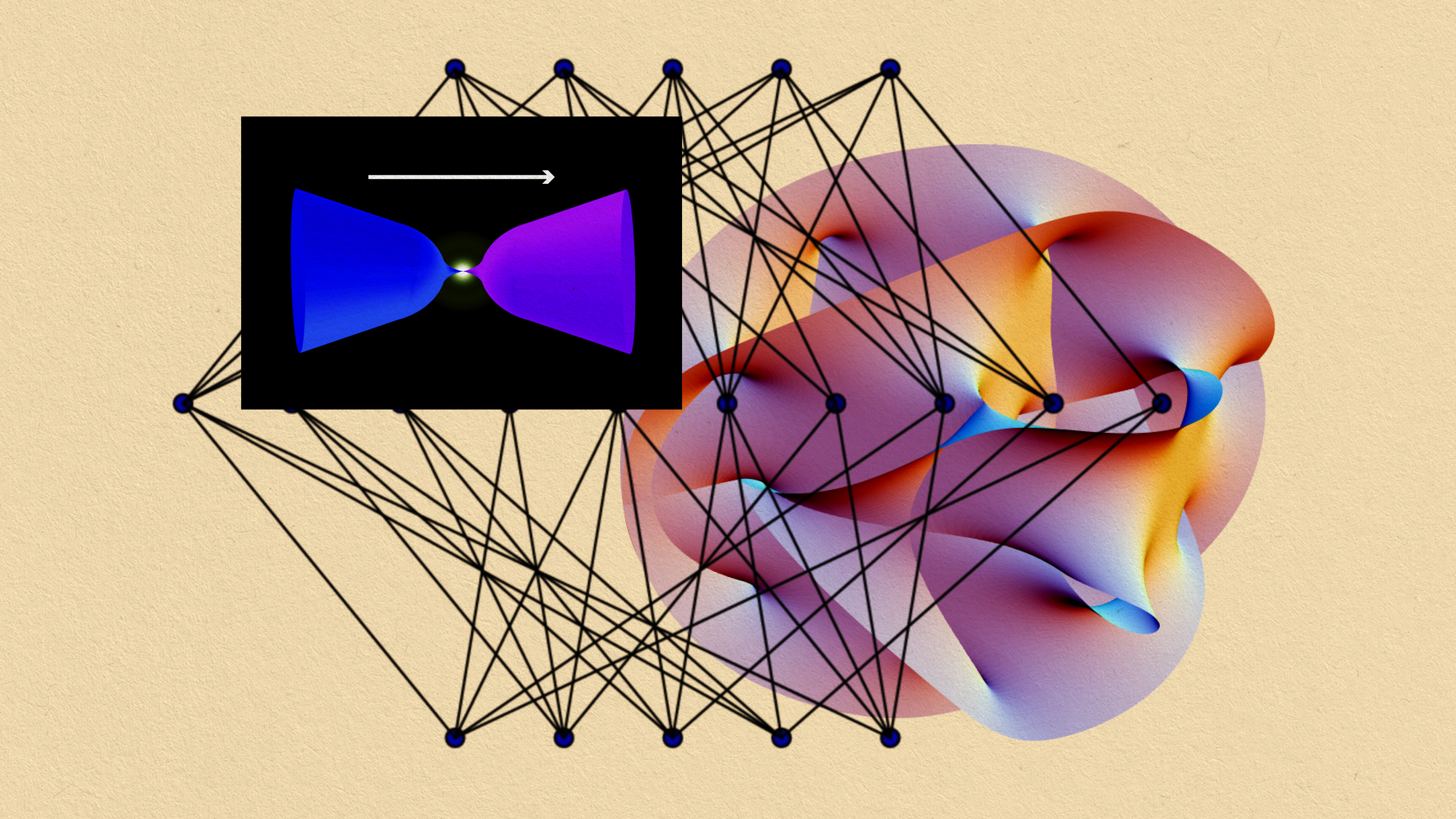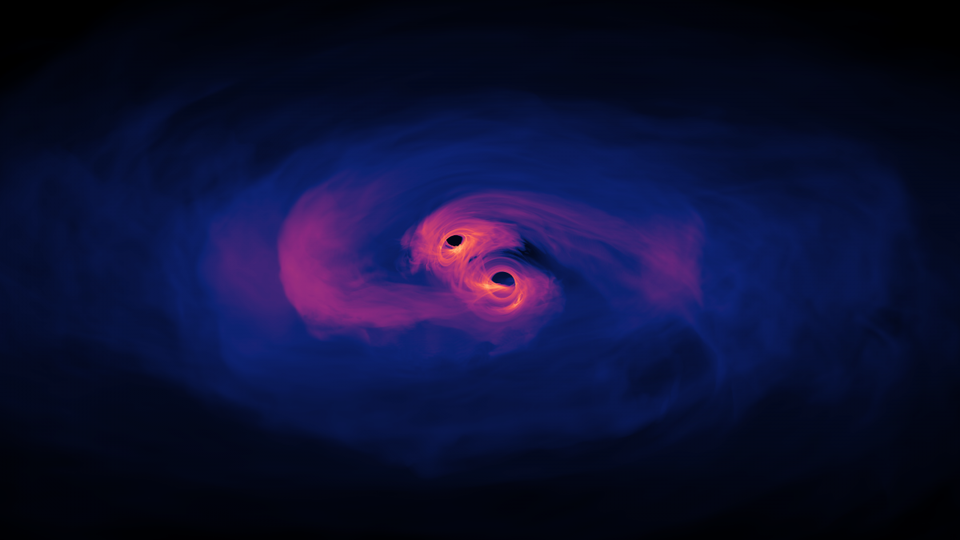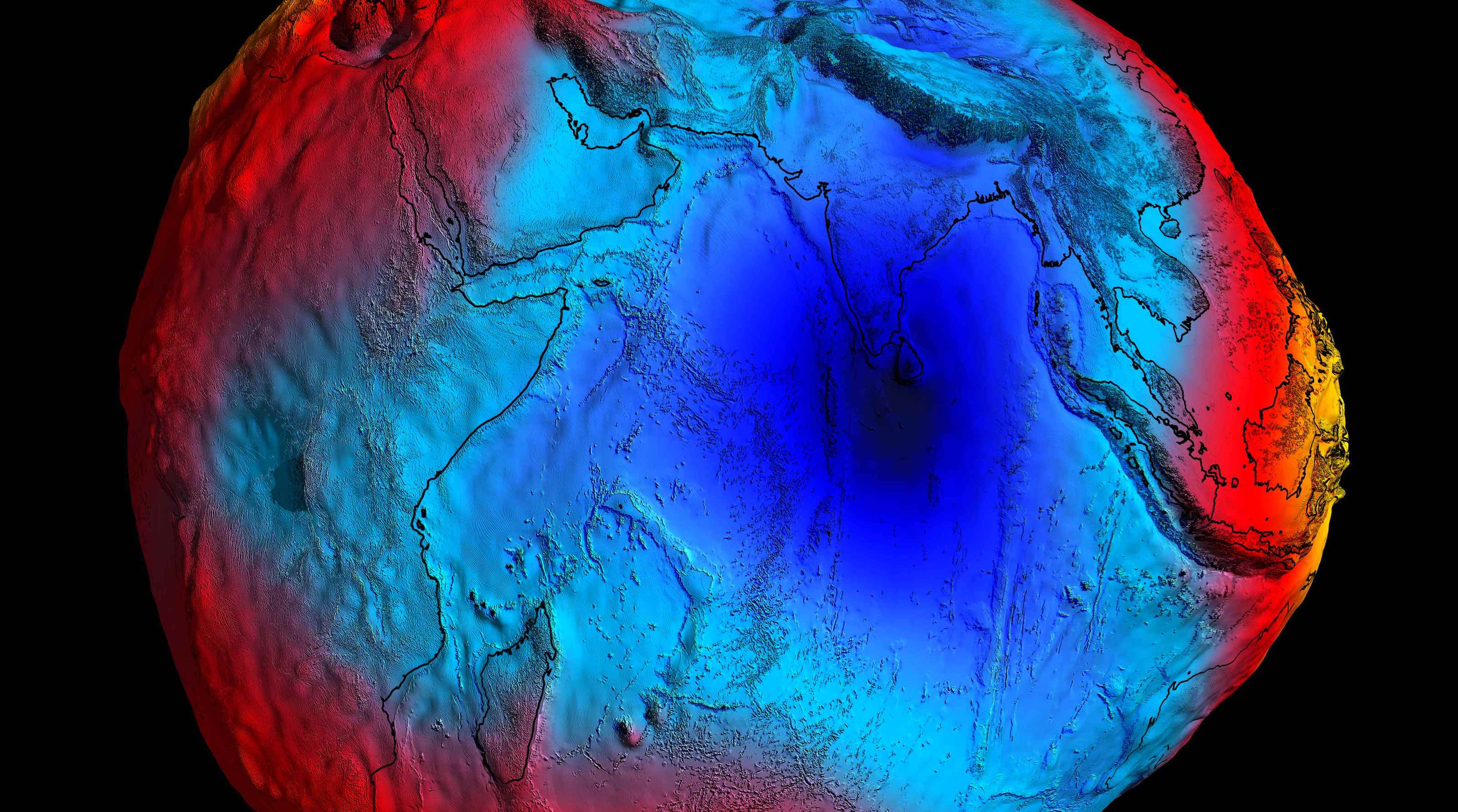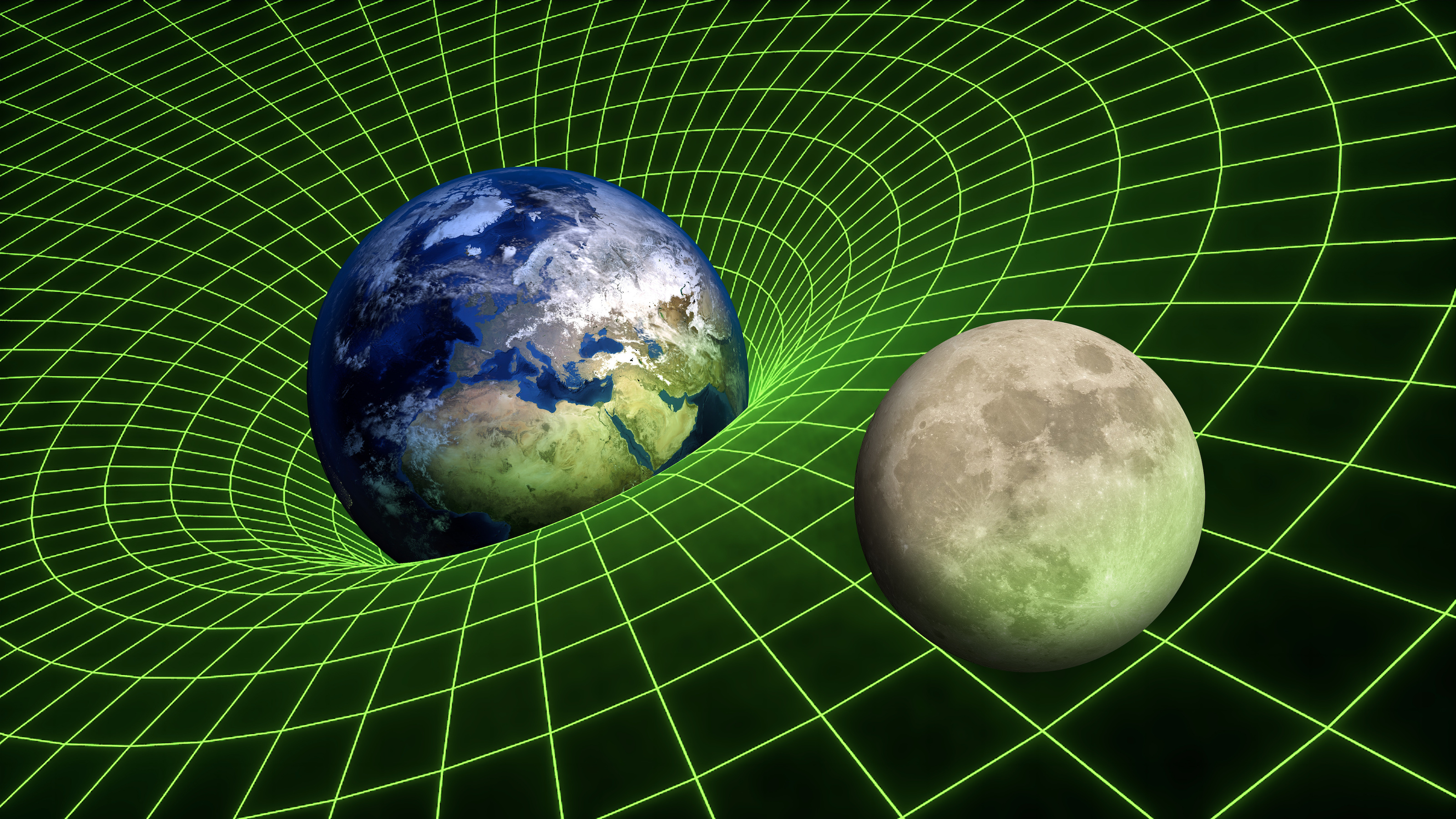Is gravity a force? It’s complicated
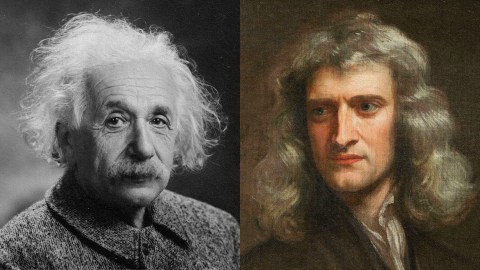
- Gravity, traditionally understood as a force causing objects to fall or move towards each other, was first quantitatively described by Isaac Newton in the mid-1600s.
- Albert Einstein's 1915 theory proposed a radical departure, suggesting that gravity is not a force but rather a distortion in spacetime caused by massive objects.
- Which model is the most accurate at describing reality? Perhaps we have reached a moment of scientific Zen: Gravity just is.
At first blush, asking if gravity is a force seems quite silly. After all, when you were a toddler, you experimented with gravity by dropping tidbits from your highchair down to a grateful puppy. The food always fell. And, when you were much older, the story was still true — like perhaps on your 21st birthday when you had a few too many and lost your footing, hitting the ground was a clear sign that gravity still worked.
But the question is rather complicated. To answer it, we first need to define the term. A force can be thought of as something that, when applied to a free body, can cause it to move or deform or both. Thus, when you push a car out of a snowbank, that’s a force. So is smashing a watermelon with a sledgehammer. And, since objects fall when they are dropped, it would seem that there is no question that gravity is indeed a force.
Defining gravity
Putting aside some early attempts at understanding gravity, it was first described in a quantitative way back in the mid-1600s by Isaac Newton. While the oft-told story of an apple falling on his head is apocryphal, what Newton did was to work out the mathematical laws that govern the gravitational attraction between two bodies. The gravitational force depended on the mass of each object and the distance separating them.
Despite the breathtaking success of Newton’s equations, he was never completely satisfied with his theory. He didn’t see the mechanism that would connect two astronomical bodies, like the Moon and the Sun. For forces like picking up a glass, what caused the force was clear. But that wasn’t true for gravity. He was always uncomfortable with this idea of “action at a distance” (action being his word for force). He even wrote to a colleague, telling him that any competent thinker shouldn’t believe his theory.
Regardless, it worked. Astronomers used his equations to predict the motions of planets and comets, as well as the location and timing of solar eclipses. (And, one day, NASA used them to land on the Moon.) No matter how philosophically unsatisfying, gravity seemed to be a force of some sort.
Upsetting the apple cart
The situation changed in 1915, when Albert Einstein devised his own theory of gravity. His ideas were staggeringly different from Newton’s. Einstein imagined that space and time were equivalent, where one could be transformed into the other. Because they were the same, he joined them into a single concept: spacetime.
When Einstein married his spacetime concept with gravity, he found that gravity was actually the distortion of spacetime. Heavy objects like stars and planets distorted spacetime in a way that made objects move toward them, so gravity is simply a result of the geometry of spacetime. As bizarre as this sounds, it has been validated over and over again.
A disturbance in the force
While Einstein’s ideas are very well regarded, they are also known to be incomplete. His theory fails in the subatomic world. When scientists try to use his equations to describe the nature of gravity at atomic scales (and smaller), they fail miserably, predicting non-physical infinities. When a theory predicts something to be infinite, this is a sign not that infinities are real, but that the theory is broken.
Accordingly, researchers have tried to devise a theory of gravity that describes the world of the ultra-small. To do so, they look to theories of electromagnetism and other subatomic forces of the quantum world, which work very well. Stealing from these successful theories, scientists call any theory of super-small gravity “quantum gravity.”
While no successful theory of quantum gravity has yet been devised, scientists use other theories as a guide to help envision what a quantum theory of gravity might predict. In electromagnetism, the force is transmitted by particles called photons. An electrically charged particle emits a photon, which then travels to another one. Both the sending and receiving particles recoil, changing their direction. Because the particles change their motion, electromagnetism is most certainly a force.
For gravity, physicists imagine that force-carrying particles called “gravitons” jump between massive subatomic particles, which will cause them to recoil and move. Thus, on the quantum scale, gravity is a force in much the way that electromagnetism is. It’s only when the effects of many gravitons work together that, on larger scales, gravity appears to be the distortion of spacetime.
So, is gravity a force?
All this takes us back to the original question: Is gravity a force? The answer is murky. It is clearly a force in the simplest definition of the word. But we also know that Einstein’s theory positing gravity to result from the distortion of spacetime is an incredibly successful model. So perhaps we have reached a moment of scientific Zen: Gravity just is. Or, to paraphrase Forrest Gump, “Gravity is as gravity does.”
